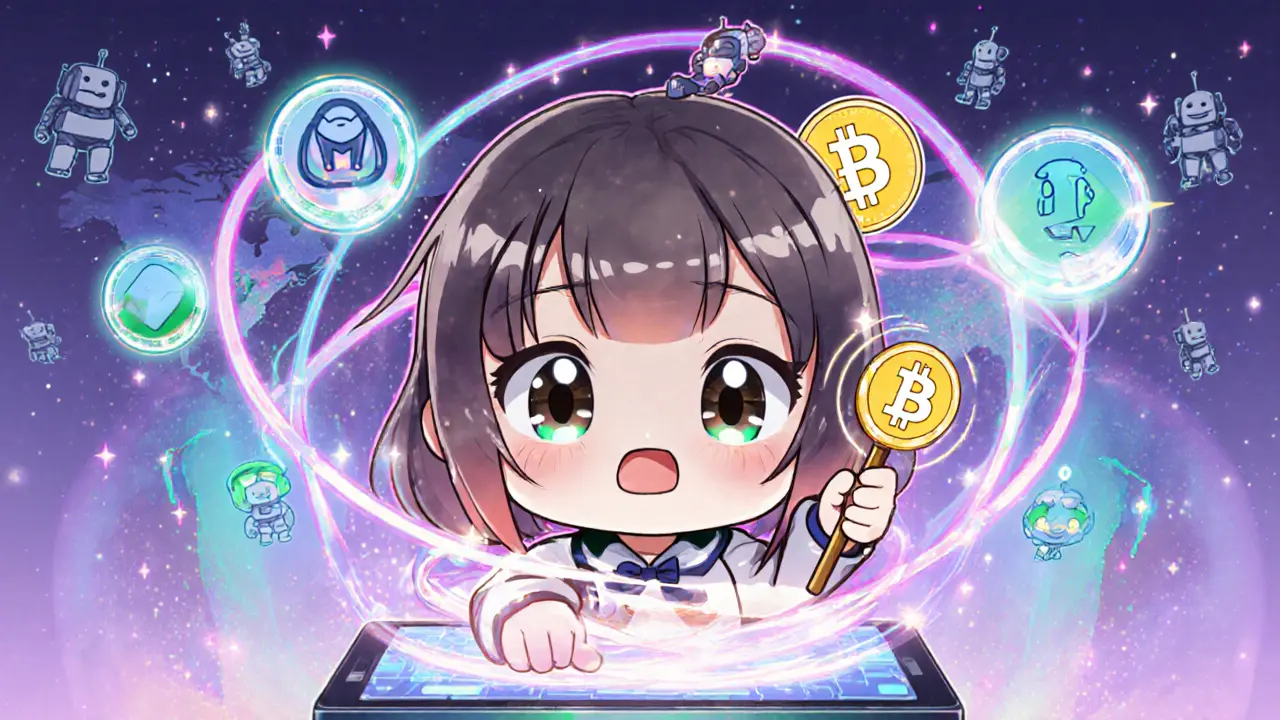SUSHI token: What It Is, How It Works, and Why It Matters in DeFi
When you hear SUSHI token, the native governance and reward token of SushiSwap, a decentralized exchange built on Ethereum and other blockchains. Also known as SushiSwap token, it’s not just another crypto asset—it’s the engine behind one of the first major community-driven DeFi protocols to challenge Uniswap. Unlike tokens that exist only to speculate, SUSHI was designed to give power back to users: those who provide liquidity, vote on upgrades, or earn rewards for helping the network grow.
SUSHI token is tightly tied to SushiSwap, a decentralized exchange where users trade crypto directly from their wallets without a middleman. This platform lets anyone become a liquidity provider, earning fees and SUSHI rewards in return. The token also powers decentralized governance, a system where holders vote on changes like fee structures, new token listings, or even how treasury funds are spent. This isn’t theoretical—it’s real. In 2020, when SushiSwap launched, it caused a massive shift in DeFi by proving that a community could collectively steer a multi-billion-dollar protocol without a CEO or board. The token’s design influenced dozens of other projects that followed, making it one of the most copied models in crypto history.
But SUSHI isn’t just about voting or staking. It’s also part of a bigger ecosystem that includes liquidity pools, smart contract-based markets where users lock up pairs of tokens (like ETH/SUSHI) to enable trading. These pools are what make SushiSwap function, and SUSHI rewards are what keep people motivated to add their funds. You’ll find this same structure repeated across many DeFi platforms today, but SushiSwap was one of the first to get it right.
What you’ll find in the posts below isn’t just price charts or hype. It’s real analysis—how SUSHI fits into the broader DeFi landscape, what happened when it tried to expand into futures and lending, and why some traders still hold it despite the competition. You’ll see how it compares to newer tokens, what risks come with its governance model, and whether holding SUSHI today still makes sense. No fluff. No promises. Just what’s actually happening on-chain and in the community.
